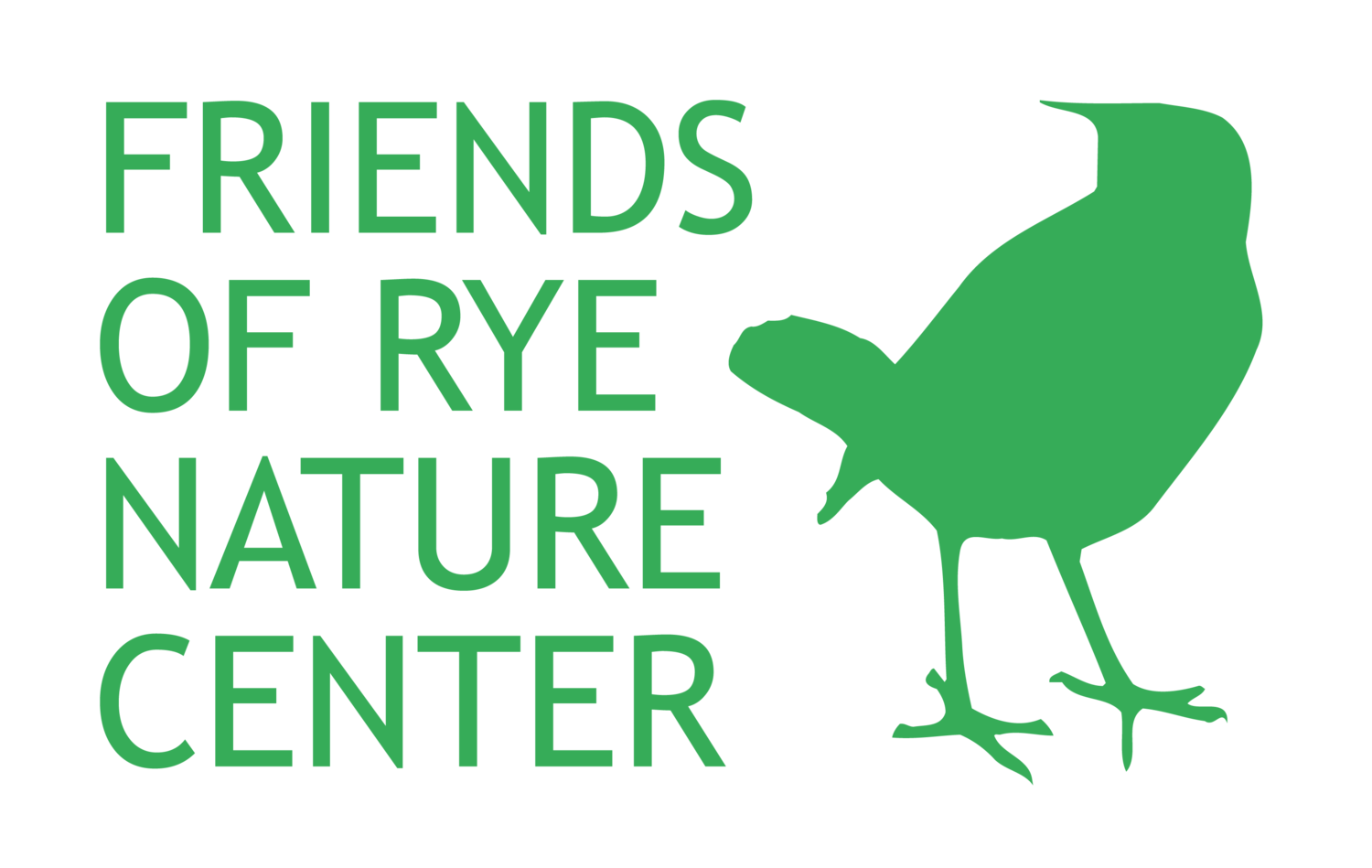— Tucker Smith, Guest Contributor
Friends of Rye Nature Center is committed to protecting and preserving our natural ecosystem, and a significant part of protecting native plants is removing invasive ones. You can help the fight against invasive species in your own yard! Keep reading to learn about three common invasives you might find, including how to identify them and why they’re a threat.
Wineberry
Image Source: picturethisai.com
Originally from East Asia, wineberry (also called wine raspberry) is a member of the rose family that produces edible berries in the summer. Wineberry shrubs have multiple shiny stems covered in red glandular hairs. They spread through the dispersal of their edible seeds. New wineberry plants can also sprout from the stem (or cane) of an older wineberry bush when it contacts the ground. Wineberry bushes form dense shady groups that displace native plants and disrupt habitat structures. Though their berries can be tasty, don’t plant them! Opt for native blackberries instead. If you want to learn even more about wineberries, read this 2017 Nature News.
Garlic Mustard
Image Source: kingcounty.gov
European settlers brought garlic mustard to the United States in the 1860s, and it has since spread throughout the country. Garlic mustard is most populous in the northeast, where it grows in forest habitats. Each garlic mustard plant carries hundreds of seeds, which are spread by both natural and man-made forces. Since the plant is invasive, white-tailed deer are not adapted to eat it, leaving it to dominate habitats after deer eat the native species. Garlic mustard displaces vast amounts of native wildflowers, some of which are crucial to the regional butterfly population. In fact, garlic mustard contains chemicals that damage butterfly larvae. In its first year, garlic mustard grows heart-shaped leaves low to the ground. In its second year, it produces stalks with white flowers. It is best to pull garlic mustard during flowering, before the plants produce the seed. Pulled garlic mustard will still flower and seed so it is important that you do not leave pulled plants on the ground and dispose of it properly with green waste. If you are feeling adventurous, you can try to make your own garlic mustard pesto. Just follow the recipe or video from this old Nature News. Just remember it is important to be 100% certain of your plant identification before eating any wild plants and be mindful of where you harvest from to avoid pollutants.
Tree of Heaven
Image Source: nature.org
Tree of heaven is a highly adaptable tree that can be found across the continental U.S. and Hawaii. It grows quickly and produces copious amounts of seeds, overcrowding native plants. It also produces chemicals that undermine the growth of other plants to help it spread. Tree of heaven is also the preferred food source of the invasive spotted lanternfly. You can identify a tree of heaven by the yellow-green flowers it sprouts in June and the single-seeded fruits that grow in late summer. The tree’s leaves and stems also have a distinctive foul odor. When removing a tree of heaven, be careful not to spread any of its seeds.
To learn more about regional invasive plants, check out Plant Invaders of Mid-Atlantic Natural Areas at imapinvasives.org/identification-guides. If you have any questions about removing local invasives, contact jax@ryenaturecenter.org.



